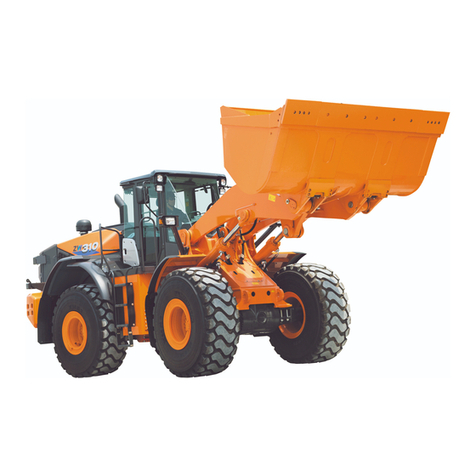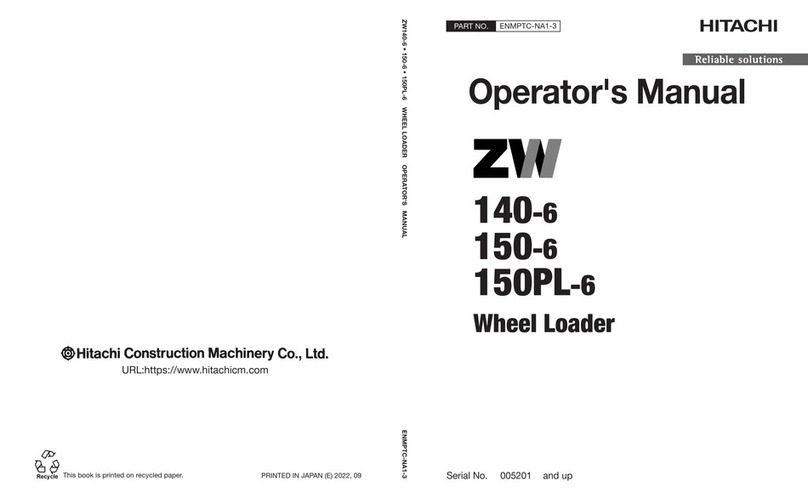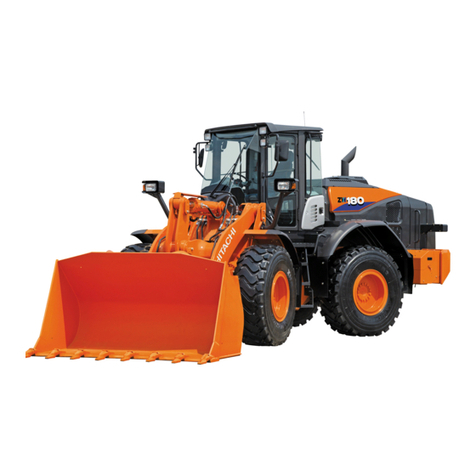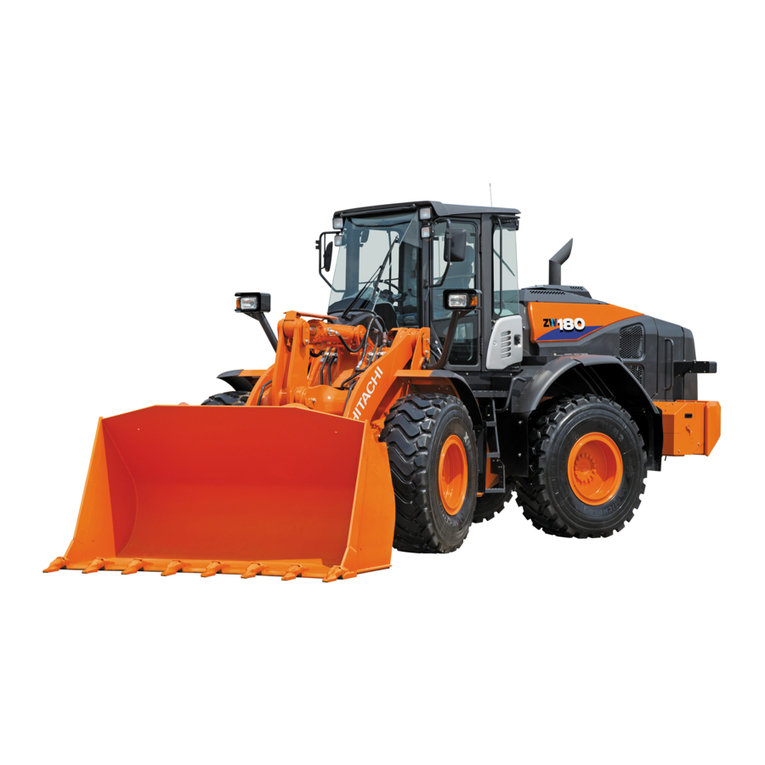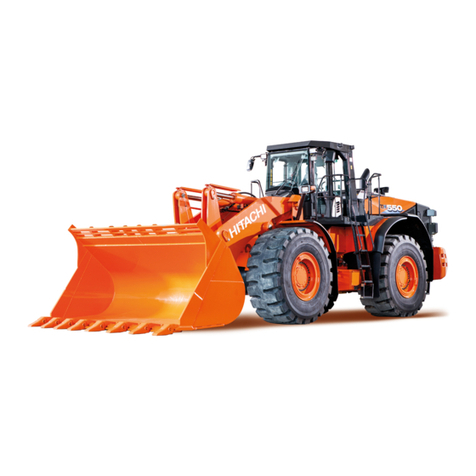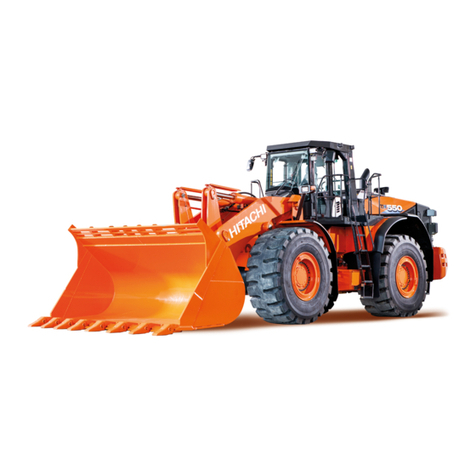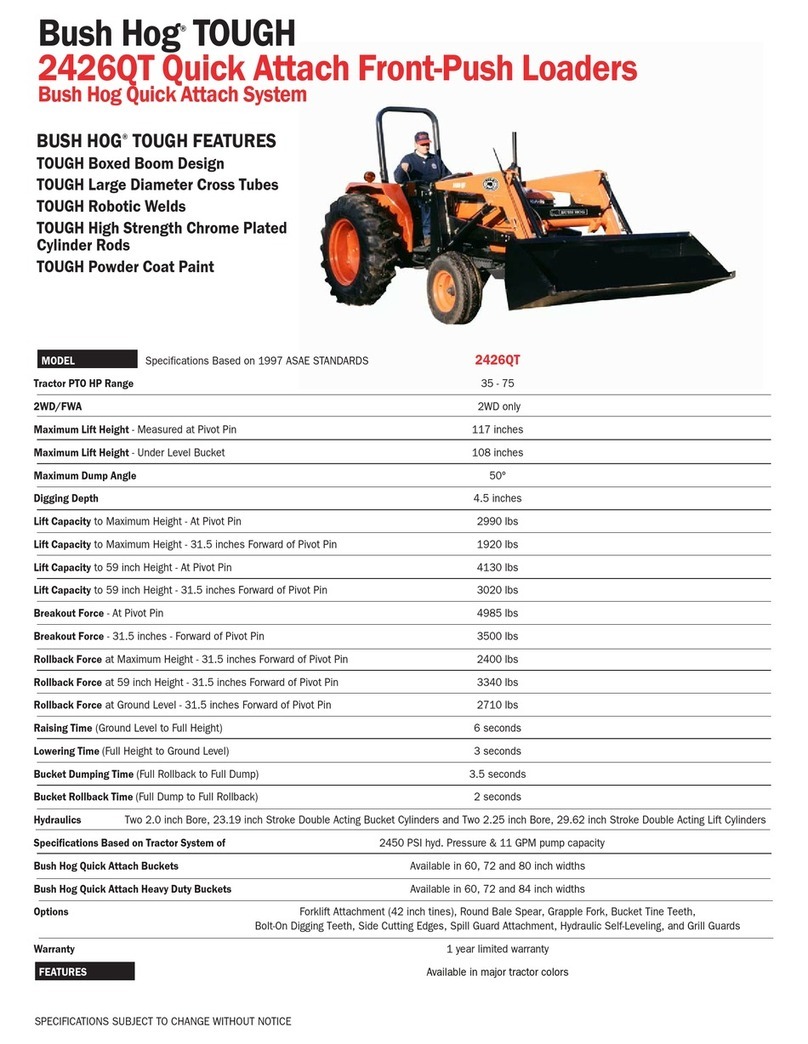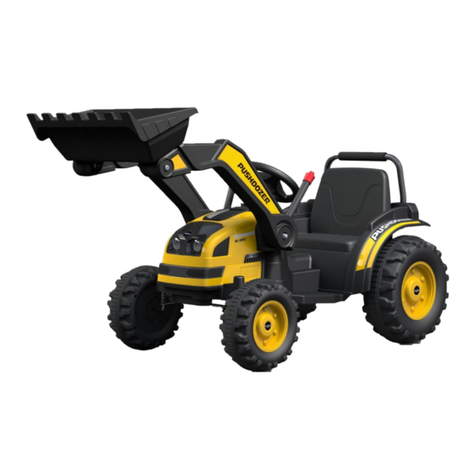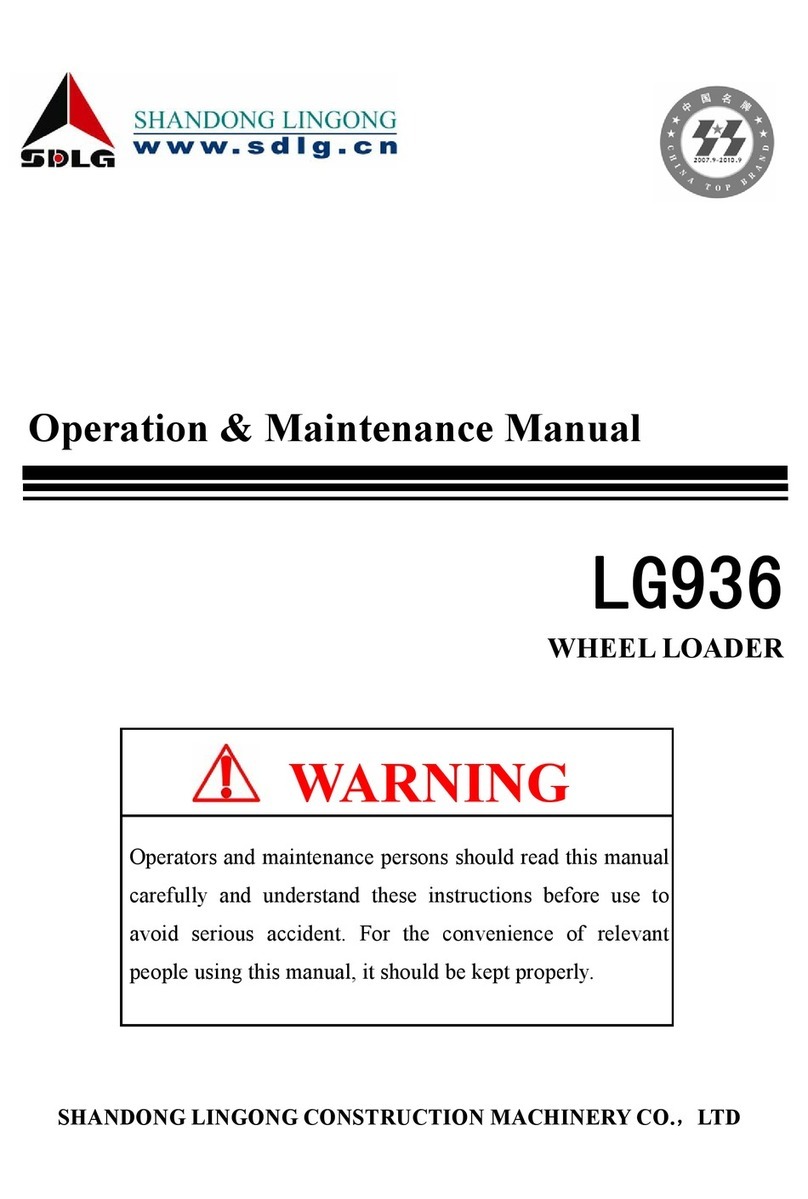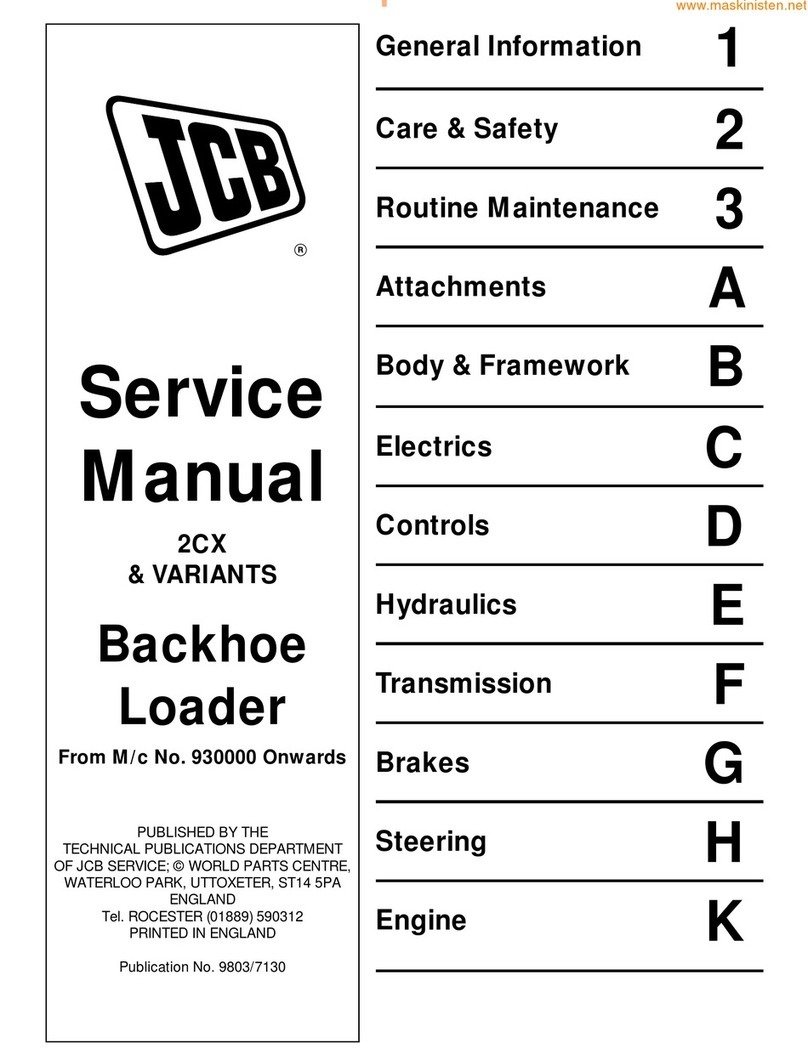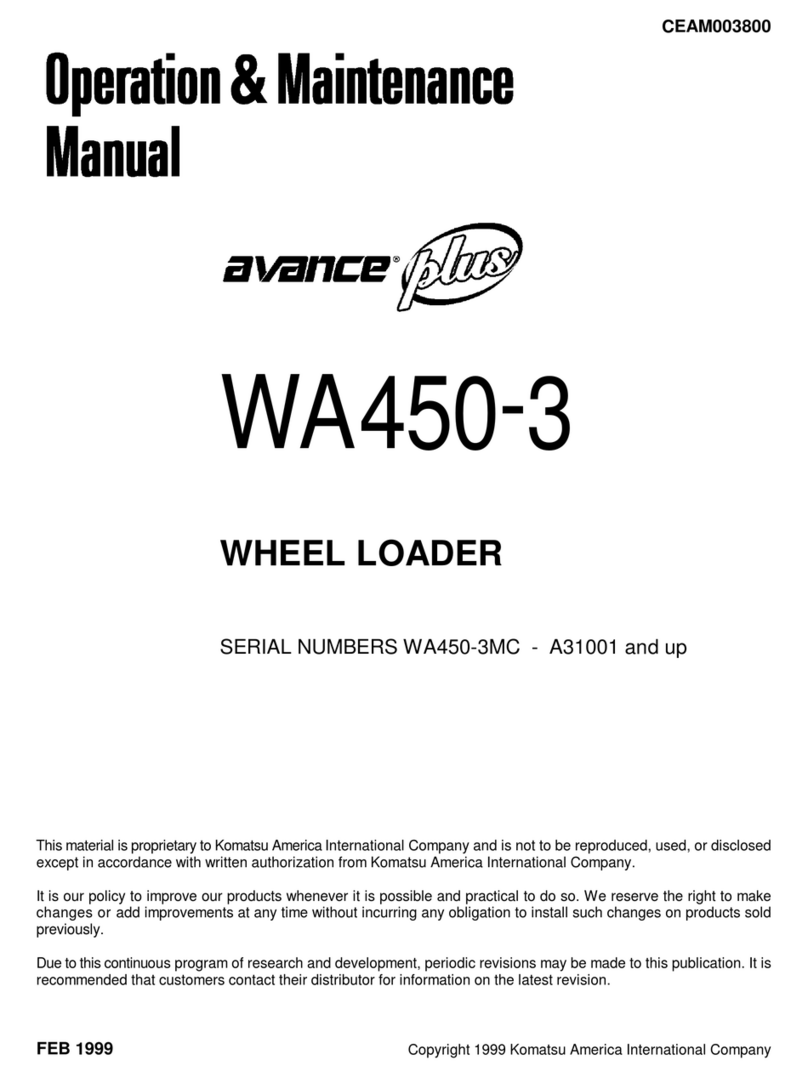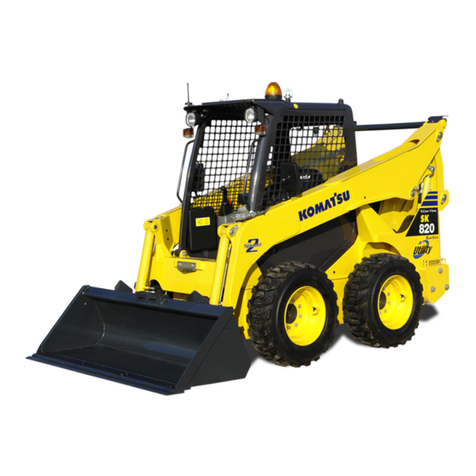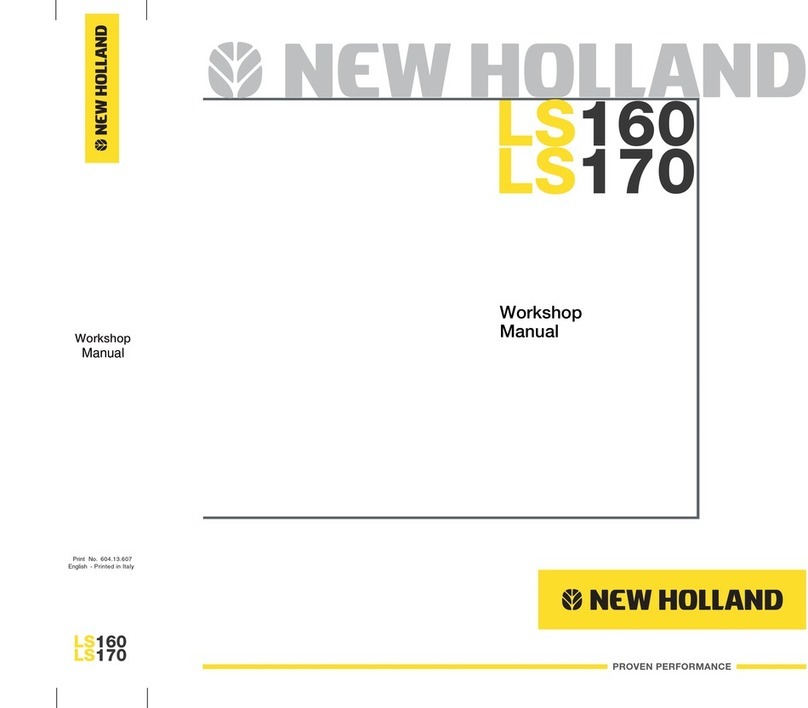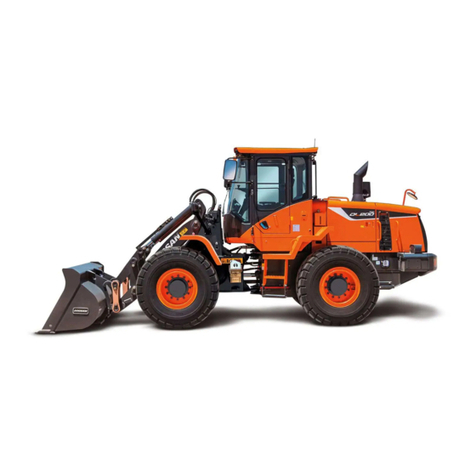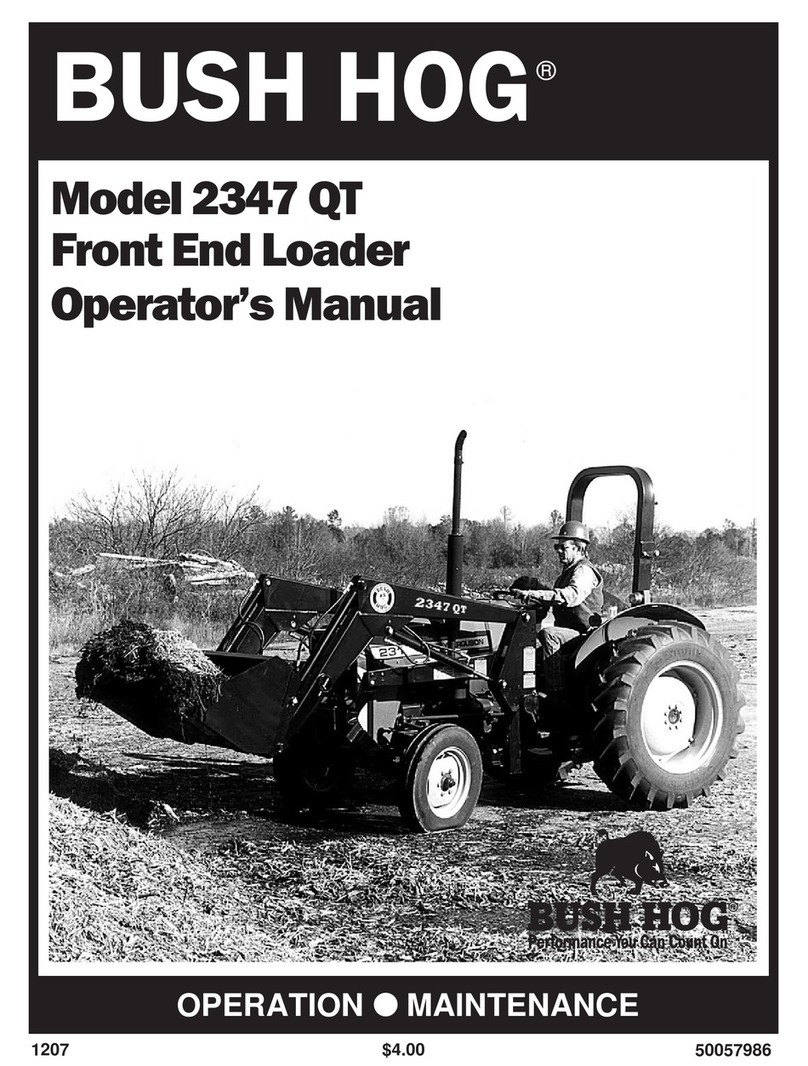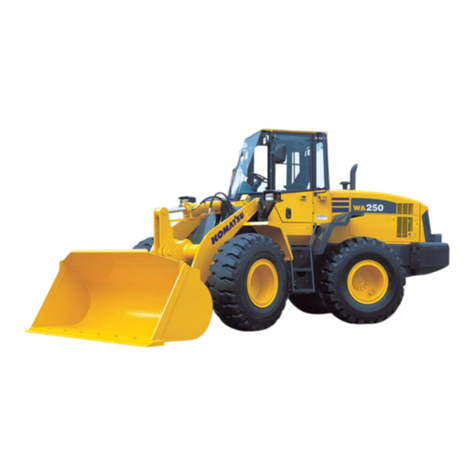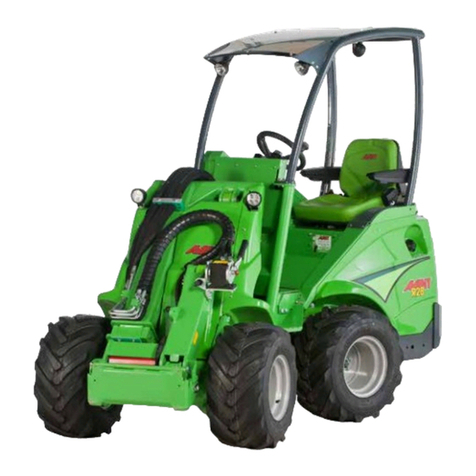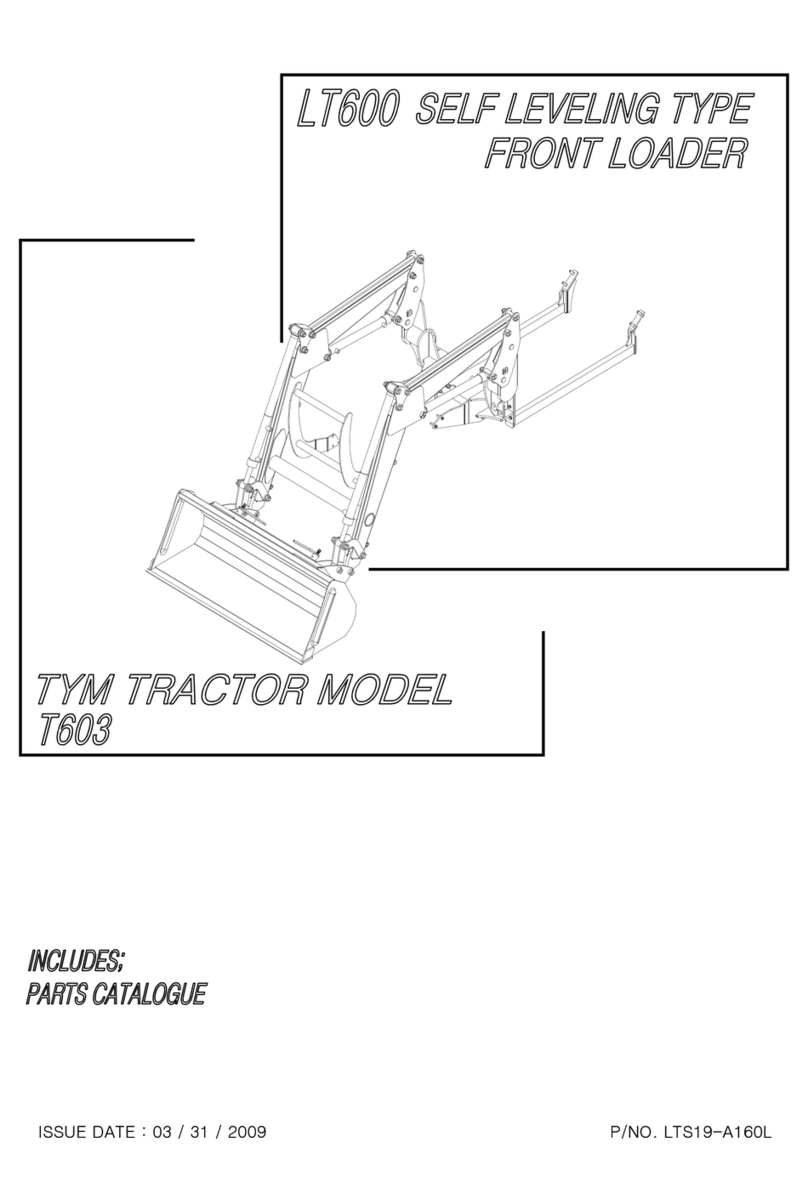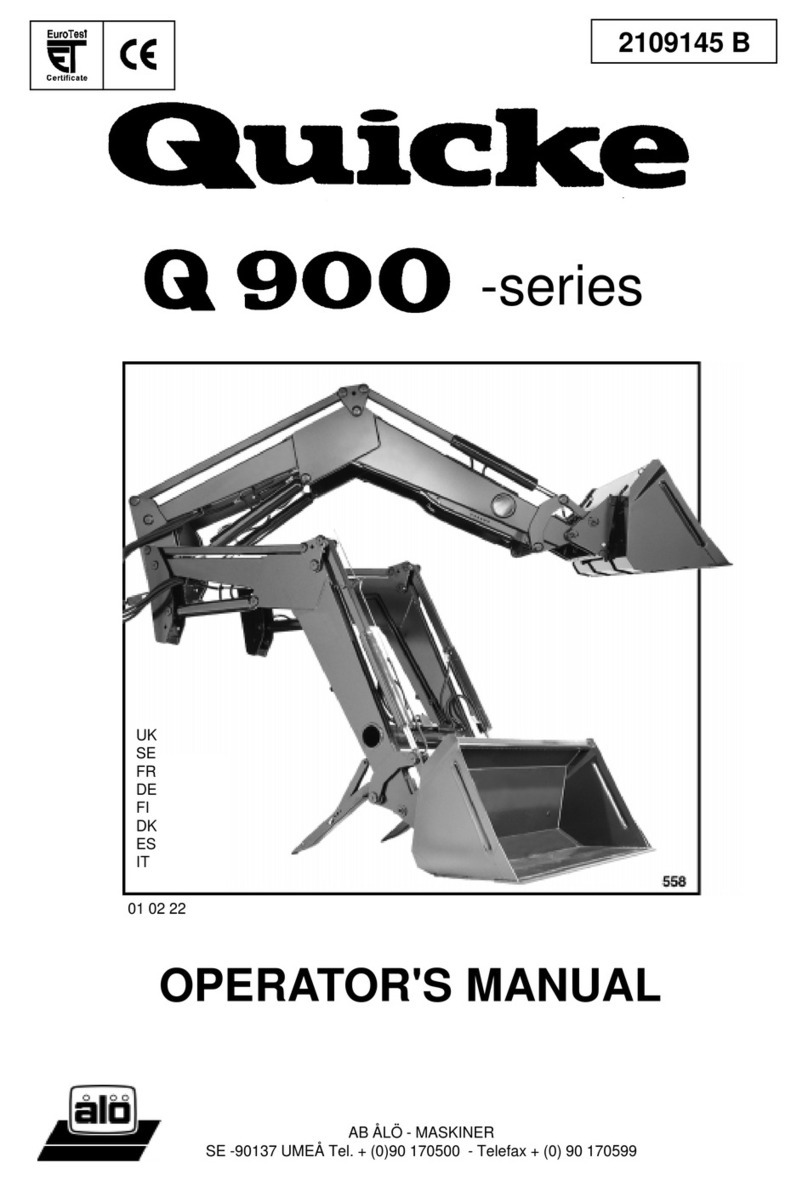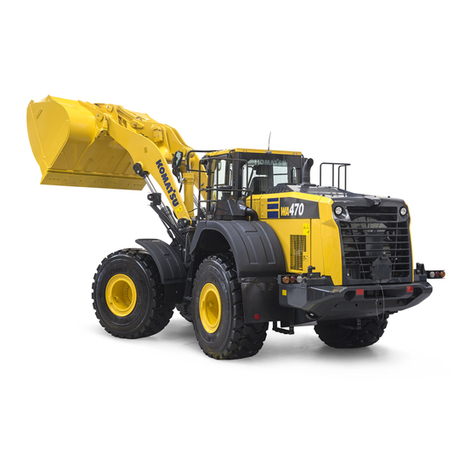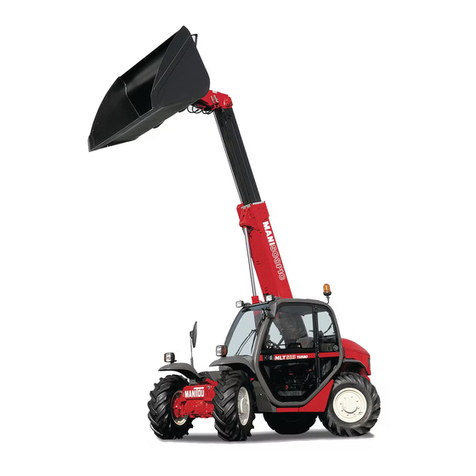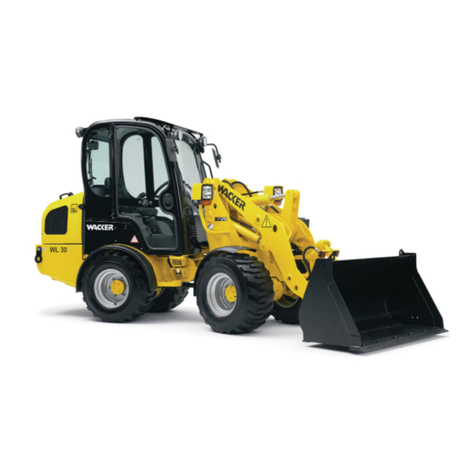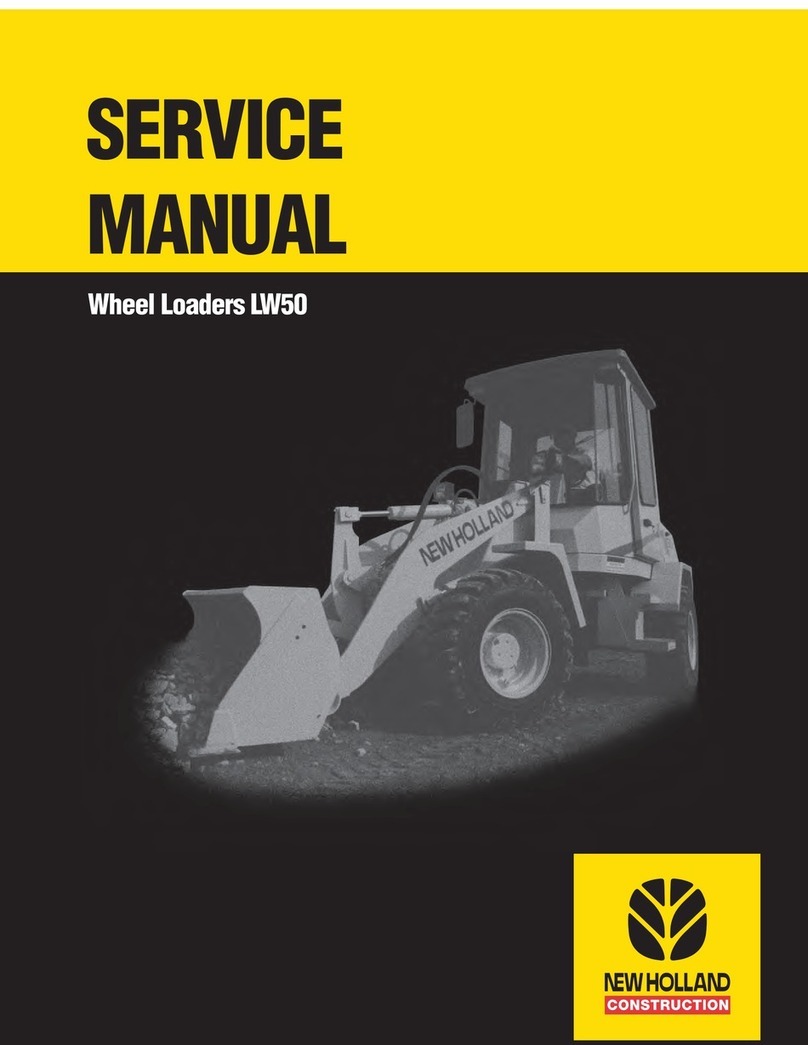
SAFETY
SA-2
FOLLOW SAFETY INSTRUCTIONS
•Carefully read and follow all safety signs on the
machine and all safety messages in operator`s
manual.
•Safety signs should be installed, maintained and
replaced when necessary.
•If a safety sign or operator`s manual is damaged
or missing, order a replacement from your au-
thorized dealer in the same way you order other
replacement parts (be sure to state machine
model and serial number when ordering).
•Learn how to operate the machine and its controls
correctly and safely.
•Allow only trained, qualified, authorized personnel to
operate the machine.
•Keep your machine in proper working condition.
•Unauthorized modifications of the machine may
impair its function and/or safety and affect ma-
chine life.
•Do not modify any machine parts without au-
thorization.
Failure to do so may deteriorate the part safety,
function, and/or service life. In addition, personal
accident, machine trouble, and/or damage to
material caused by unauthorized modifications
will void Hitachi Warranty Policy.
•Do not use attachments and/or optional parts or
equipment not authorized by Hitachi. Failure to do
so may deteriorate the safety, function, and/or
service life of the machine. In addition, personal
accident, machine trouble, and/or damage to
material caused by using unauthorized attach-
ments and/or optional parts or equipment will void
Hitachi Warranty Policy.
•The safety messages in this SAFETY chapter are
intended to illustrate basic safety procedures of
machines. However it is impossible for these safety
messages to cover every hazardous situation you
may encounter. If you have any questions, you
should first consult your supervisor and/or your au-
thorized dealer before operating or performing
maintenance work on the machine.
003-E01B-0003
SA-003
PREPARE FOR EMERGENCIES
•Be prepared if a fire starts or if an accident occurs.
•Keep a first aid kit and fire extinguisher on hand.
•Thoroughly read and understand the label at-
tached on the fire extinguisher to use it properly.
•To ensure that a fire-extinguisher can be always
used when necessary, check and service the
fire-extinguisher at the recommended intervals as
specified in the fire-extinguisher manual.
•Establish emergency procedure guidelines to
cope with fires and accidents.
•Keep emergency numbers for doctors, ambu-
lance service, hospital, and fire department
posted near your telephone.
004-E01A-0437
SA-437
